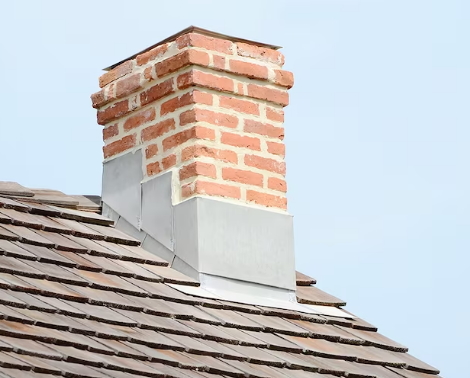Secure and Sound: Essential Chimney Safety Tips for Homeowners
Chimney Safety: Prevent accidents and ensure home security through regular maintenance, proper ventilation, and the use of safety equipment.
Chimney Safety: A Crucial Element of Home Security
Importance of Regular Chimney Maintenance
Regular chimney maintenance is vital for preventing accidents and ensuring home security. One of the primary reasons for this is the buildup of creosote, a highly combustible residue that can accumulate in chimneys over time. Creosote accumulation increases the risk of chimney fires, making it essential for homeowners to take preventive measures. Using well-seasoned wood and ensuring proper ventilation are crucial tips for preventing creosote buildup and maintaining chimney safety. Additionally, annual chimney and fireplace system inspections by certified professionals are crucial for identifying and addressing potential hazards and ensuring the safety and security of the home.
Preventing Chimney Accidents and Fires
Installing a chimney cap is an effective safety measure to prevent debris, rainwater, and animal entry, thereby enhancing chimney safety. Proper ventilation is also essential to prevent the buildup of carbon monoxide, ensuring a safe environment for household members. Furthermore, using well-seasoned wood is recommended to prevent excessive creosote formation, ultimately reducing the risk of chimney fires. Educating household members about fire safety practices and procedures, such as the importance of properly using and maintaining the fireplace, is vital for accident prevention and ensuring home security.
Ensuring Home Security Through Chimney Safety
Chimney and fireplace safety directly contribute to overall home security, making it imperative that homeowners prioritize chimney maintenance and safety measures. Installing smoke and carbon monoxide detectors near the chimney and fireplace enhances safety measures, providing early warnings in the event of a potential hazard. Additionally, keeping flammable materials away from the fireplace and using appropriate tools and equipment for the fireplace are essential practices to ensure a safe and secure environment within the home.
Common Signs of Chimney Problems
Recognizing signs of creosote buildup and chimney cracking is essential for early intervention and maintenance. Identifying these signs prompts homeowners to seek timely chimney inspection and cleaning services, preventing potential hazards and ensuring home security. Researching reputable chimney inspection and cleaning services further ensures thorough maintenance and safety, contributing to the home's overall security.
Safety Equipment for Chimneys
Using safety equipment is crucial for ensuring chimney safety and preventing accidents. Installing a spark guard, for example, helps prevent embers or sparks from escaping, reducing the risk of fire hazards. Additionally, checking for cracks or damage in the chimney structure is essential to maintain its structural integrity and ensure safety. Proper chimney lining also plays a critical role in preventing heat and combustion byproducts from penetrating, maintaining safety standards within the home.
Conclusion
In conclusion, regular chimney maintenance and safety measures ensure home security and prevent accidents. Homeowners are encouraged to prioritize chimney safety by following maintenance tips, seeking professional inspection and cleaning services, and using appropriate safety equipment. By doing so, homeowners can create a safe and secure environment within their homes, reducing the potential risks associated with neglecting chimney safety and maintenance.


/1003/site-assets/logo.png)


